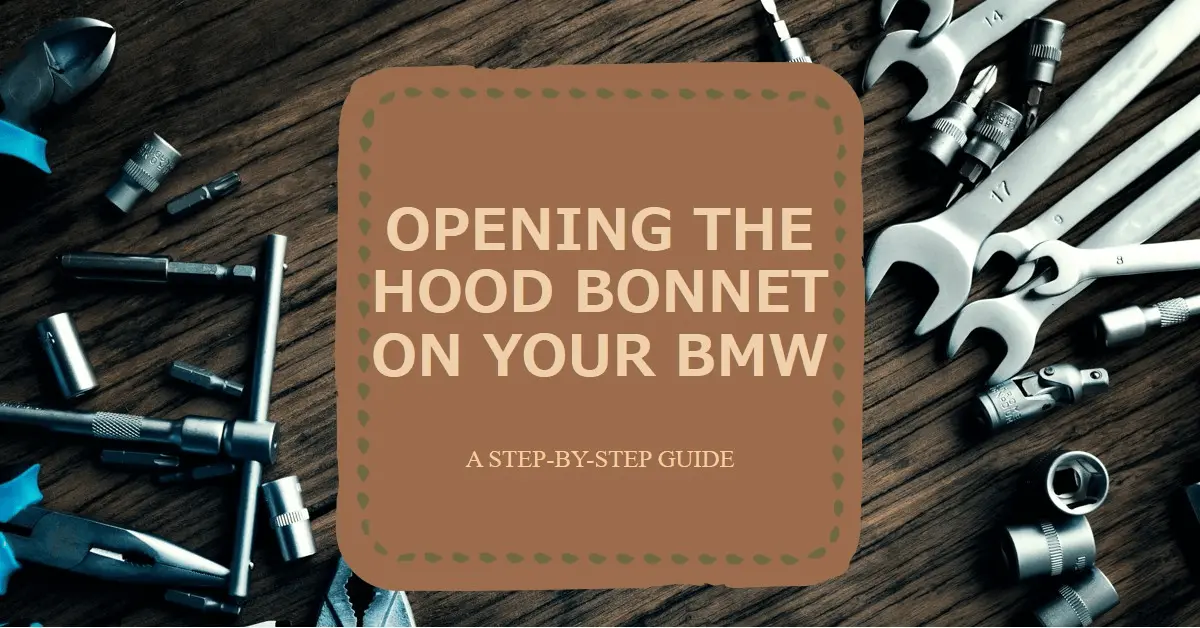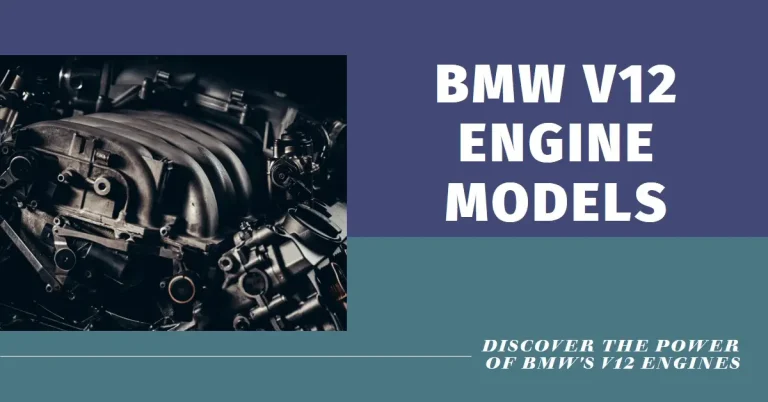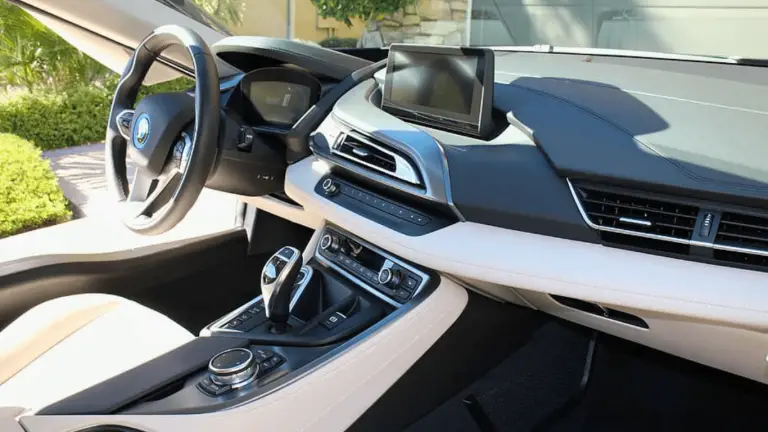How to Open the Hood/Bonnet on Your BMW?
Opening the hood or bonnet on your BMW may seem like a simple task, but it’s crucial to do it properly to avoid damaging any components. As a BMW owner, knowing the correct technique for opening and closing the bonnet is essential for basic maintenance tasks like checking fluids or accessing the engine bay. This comprehensive guide will walk you through the process step-by-step, covering all the key points you need to know.
The Hood Release Lever
The first step in opening your BMW’s bonnet is locating and pulling the hood release lever. On most models, this lever is situated in the driver’s footwell area, either on the side kick panel or near the parking brake pedal.
For newer BMWs from around 2012 and later, you’ll typically need to give this lever two firm pulls to unlatch the bonnet. Older models may only require a single pull of the interior release lever.
It’s important to note that the number of pulls can vary slightly between different BMW model years and vehicle lines. Always refer to your owner’s manual for the specific instructions for your car.
The Secondary Safety Latch
In addition to the interior hood release, older BMW models also had a secondary safety latch located underneath the front edge of the bonnet itself. This provided an extra layer of security to prevent the hood from inadvertently opening while driving.
To open the bonnet on these vehicles, you’d first pull the interior release lever, then walk to the front of the car. You’d need to reach underneath and locate a second release lever or cable, giving it a pull to unlatch the bonnet completely.
Newer BMWs have eliminated this two-step process by removing the secondary safety latch, allowing you to fully release the bonnet from the interior lever alone.
Using the Proper Opening Technique
With the bonnet unlatched, it’s important to use the proper technique when raising it to avoid damaging any components or personal injury. Never try to forcefully yank or pry the bonnet open.
Instead, insert your hands into the gap at the front edge and smoothly raise the bonnet up and towards you. Go slowly and be ready to support some of the weight if needed.
Many BMWs are equipped with gas struts that will hold the bonnet open once raised past a certain point. We’ll cover those in more detail shortly.
The Hood’s Gas Struts
The gas struts (also called dampers or lift supports) are the components that allow your BMW’s bonnet to remain open without you having to hold it up manually. They use compressed gas to provide the necessary force to counteract the bonnet’s weight.
When opening the bonnet, pay attention to when the gas struts engage and take over the lifting effort. This will happen once you’ve raised the bonnet to around a 45-degree angle or so.
If a gas strut is failing or leaking, it may require excessive force to raise the bonnet initially before it can latch in the open position. Struts typically need to be replaced as a pair, so have both done at the same time.
Closing the Hood Properly
Closing your BMW’s bonnet properly is just as important as opening it carefully. This is to ensure a tight seal and prevent any potential issues like hoods becoming loose at highway speeds.
Most mechanics recommend the “drop and push” method:
- Grab the front edge of the bonnet and raise it up about 12-18 inches
- Let the bonnet drop back down under its own weight, guiding it gently
- Push down firmly on the front edge and along both sides to ensure it latches securely
Avoid slamming the bonnet shut from a raised position, as this can put excessive strain on the latch mechanism over time.
Double check that the bonnet is flush with the surrounding body panels and doesn’t have any gaps. You may need to re-open and re-close it to get the alignment just right.
Bonnet Maintenance Tips
To keep your BMW’s bonnet operating smoothly and prevent any potential issues, it’s wise to perform some basic maintenance:
- Inspect the bonnet hinges and latch releases periodically for any signs of binding or excessive wear
- Apply a small amount of lubricant like lithium grease to any pivot points and moving parts
- Check the condition of rubber bumpers or seals and replace if deteriorated
- Consider having the entire bonnet mechanism adjusted if it seems misaligned
For most bonnet maintenance items, it’s best to let a professional BMW technician handle the work. They have the specific knowledge and tools to do it safely and correctly.
Conclusion
Opening and closing the bonnet on your BMW is a basic skill that every owner should master. By following the proper techniques and maintenance tips outlined in this guide, you can help ensure a smooth, trouble-free experience when accessing the engine bay. Remember to always consult your owner’s manual for model-specific instructions. With a little care and know-how, you’ll be popping that bonnet like a pro in no time!







